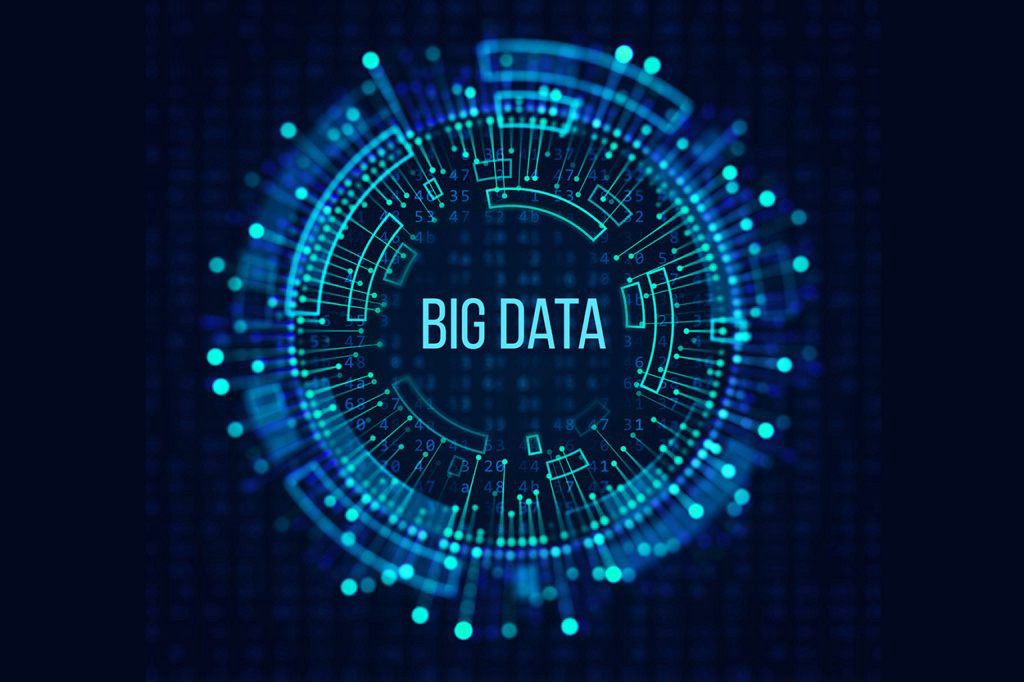What is Big Data?
Before understanding big data, it is essential to know what “data.” Information converted into binary digital form for usage with modern computers and communication channels is called data. Some may use the topic of data in either the singular or the plural form. “raw data” refers to information in its most basic digital form.
Big data is characterised as more diverse, arriving more quickly, and coming in more significant amounts. (Variety, Volume, Velocity) Big data is used for more extensive, complex data collection, especially from new sources. The size of these data sets prevents them from being processed by regular data processing software. Users can use these massive amounts of data to address previously intractable business problems.
The Three Vs. of Big Data
Volume: The volume of data is essential. You’ll have to process a lot of low-density, unstructured data when working with big data. Unvalued data from sources like Twitter data feeds, clickstreams from websites or mobile apps, or devices with sensor support can be used in this situation. For some businesses, this data volume may approach tens of gigabytes. Others might need several hundred petabytes.
Velocity describes the speed at which data is ingested and utilised. The highest data rate frequently streams directly into memory instead of being written to a disc. Some internet-enabled bright goods function in real time near real-time, necessitating real-time analysis and decision-making.
Variety: Variety refers to the wide range of data types that are accessible. Traditional data types were arranged and well-suited to relational databases. Data now comes in new unstructured data formats due to the growth of big data. Text, audio, and video are semi-structured and unstructured data types that require further preprocessing to create meaning and enable metadata.
Figure 01: https://sci2s.ugr.es/BigData
Types of Big Data
Big data usually comes in three flavours: structured, unstructured, and semi-structured.
Structured
Structured data is any data that can be processed, retrieved, and kept in a fixed format. Over time, software engineering expertise has made more notable progress in developing methods for using this data type and extracting its benefit. The most accessible type of big data to work with is structured data. Address, Credit card/Debit card numbers, age, contact expenses, etc., come under the structured data type.
Unstructured
This type of big data incorporates the data format of many unstructured files, such as image, audio, log, and video files. Unstructured data is any data that has an unknown model or structure. Unstructured data in big data face various challenges when setting it up for valuation because of its enormous quantity.
Semi-structured
One of the categories of big data that includes both the previously mentioned formats of unstructured and structured data is semi-structured data. To be more precise, it refers to data not organised into a particular database but with crucial tags or information that isolates individual data components.
Figure 02: https://mdaca.io/2021/05/whats-the-big-data/
How does Big Data work?
There are three fundamental activities behind the working of big data. Those are integration, management, and analysis.
Integration
Big data aggregates data from various unrelated applications and sources. Traditional data integration techniques like extract, transform, and load (ETL) are generally inadequate for the task. Terabyte- or even petabyte-scale extensive data analysis calls for novel approaches and tools. You must import the data, process it, and make sure it’s available in a format your business analysts can use throughout the integration.
Management
Big data needs to be stored. Your storage option could be both local and online. Your data can be kept in any format you choose, and you can add the necessary process engines and processing steps. Many users base their storage choice on where their data is located. The cloud is steadily gaining appeal because it serves your present computation needs and lets you set up resources as needed.
Analyse
When you examine your data and take action, your investment in big data pays off. A visual study of your various data sets can provide new clarity. Explore the data more to uncover further information. Educate others about your discoveries. Create data models using artificial intelligence and machine learning. Utilise your data.
Figure 03: https://www.slideteam.net/big-data-it-workflow-of-big-data-management.html
Advantages of Big Data
Big data brings multiple benefits, as follows.
Predictive analysis is one of big data’s key benefits. Big Data analytics aid organisations in decision-making while increasing operational effectiveness and lowering risk.
Businesses can use external intelligence to help them make decisions. Organisations can now fine-tune their business plans because of the availability of social data from search engines and websites like Facebook and Twitter.
Big Data combines information from several sources to generate valuable insights. Businesses can save time and money by adopting analytics tools to remove redundant data.
New systems created using Big Data technology are replacing conventional consumer feedback systems. Big Data and natural language processing technologies are employed in these new systems to read and assess customer feedback.
With insights from big data, you can always stay one step ahead of your rivals. You can research the deals and offers made by your competitors to serve your clients better. You can also use Big Data insights to discover client patterns and trends to give them a more “personalised” experience.
Figure 04: https://www.passionned.com/bi/big-data/
The Future of Big Data
Most big data specialists concur that future data generation will continue to increase dramatically. By 2025, the amount of data worldwide is predicted to exceed 175 zettabytes. The growth of linked devices and embedded systems and the rise in internet users who conduct their entire lives online are significant contributing factors.
According to experts, the future of big data will be cloud-based, as public and enterprise cloud services providers like Amazon Web Services (AWS), Microsoft Azure, and Google Cloud Platform revolutionise how significant data is stored and processed. The corporate deployment of big data projects is expected to move toward hybrid and multi-cloud settings. When it comes to jobs related to big data, opportunities are increasing day by day.

